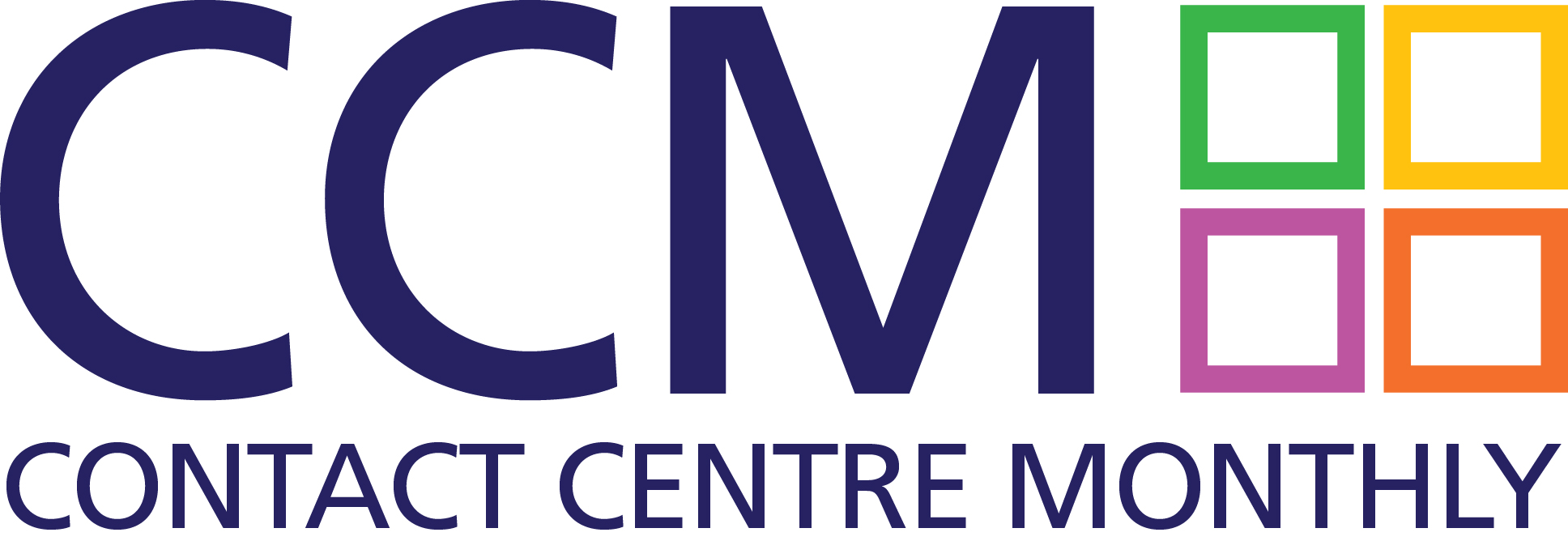As the contact centre moves into the digital age, chatbots are fast becoming a regular fixture. The benefits of this solution are plentiful – providing contact deflection from the contact centre (resulting in a reduction in costs), delivering improvements in customer resolution rates, and boosting customer and employee experience.
However, to reap the full benefits of the technology, organisations need to manage their implementation carefully, ensuring that the right chatbot is selected, integrated and tested before considering how to continue expanding its use cases across the organisation.
Step 1: set your goals
The first step in any successful chatbot implementation is defining the goal of the project. Why do you want a chatbot? What pain-point are you trying to fix? What are you trying to measure?
These are all important questions to raise upfront and will help you determine which chatbot to implement and which metrics to measure the success of the chatbot against. As part of this process, the customer should be kept front of mind, as ultimately you are trying to positively impact their journey with your brand.
Step 2: choose the right bot!
There are hundreds of thousands of chatbots available – but these typically fall into three main categories:
- The FAQ bot – this enables simple customer interactions. It handles Q&As (no more than 400 words), dialogues (these are longer customer journeys broken down by a spider diagram) and will provide very general business advice e.g. opening hours, returns policies.
- The Response bot – this interacts with your internal CRM system to provide account information. It will do this in real time, providing an immediate answer to a customer’s query e.g. what is my payment due date, update address details provide balance information.
- The Action bot – this performs an action in a conversational one. It takes information from the user, understands and processes it and then integrates and updates other systems, providing confirmation back to the customer – for example, paying a bill, making a booking, applying for insurance.
Step 3: implementation
Once you have identified the correct chatbot to suit your organisation’s need, attention should turn to the implementation. There are some key considerations to keep in mind here:
- The knowledge base build: assess the specific customer journeys you are looking to implement and this will determine the information you need to gather to feed into the chatbot. Begin with existing corporate FAQs (no more than 400 words) and assess what forms can be automated via a chatbot – insurance forms, card payment processes, ticket bookings – these are all a good place to start.
- Media: establish what you want the customer to consume. Do you want to add multimedia and YouTube videos to answers? Also, consider the verticals you want the chatbot to be accessible on e.g. phone, iPad, computer.
- Website coding: who will develop the interface? who will design it? will it be inhouse or through an external agency? These are all important factors to consider.
- Recognition and context: consider the industry specific context and jargon that the chatbot will need to use. A chatbot uses synonyms and patterns for recognition which can be evolved and made applicable to a contact centre environment.
- Brand design and style: think about how you would like your chatbot to look and feel as this can potentially increase or decrease your levels of interaction. Consider whether the chatbot should appear as an avatar or have a human face. Whereabouts will the chatbot be placed – on the homepage or a help page? Remember that the brand, style and language used should be an extension of the tone of the business and so it is essential it mirrors your ethos.
Step 4: test, analyse, improve and evolve
This is a very important, critical part of any project – so allow time to do this well. When the chatbot is initially deployed it is likely that you will see a recognition rate of between 60 – 70%, but put the time in to the testing phases and you will see this rate go up to 80 – 90%.
Key to this is assigning ownership of the project to a person, so that there is consistency in the development of the chatbot. Remember that a chatbot is constantly learning through a blend of human interaction and AI, so this human point person is an essential part of the process – helping with analysing results and making amendments to the bot.
Step 5: expand
In time, once the bot has proved to be engaging for users and delivering business benefits, you can consider what other processes can be linked in to the chatbot, and how the system be expanded to include new capabilities.
Depending on the original scope of the chatbot, features that can be incorporated, include:
- Live chat: the chatbot can be programmed to integrate with live chat functionality, using skills-based routing to direct customers to the correct agent, and providing a full chat history to the live chat agent. It can even handle some of the ID&V process.
- Location services: the chatbot can track delivery or complete a change of address, or identify someone’s location.
- Fingerprint / signature / facial recognition: so you can identify policy documents and terms and conditions. For facial recognition, you could sync in with tools, such as Salesforce, to update sensitive details on your account.
- Chatbot to RPA journey: realistically you could have a chatbot complete the upfront forms and pass the information to an RPA robot, and then the robot can complete the back-end work, all without human intervention.
Chatbots are a natural progression for contact centres embarking on a journey of digital transformation. The benefits are far-reaching, with many seeing a 25 – 30% reduction in calls going into the contact centre, as well as an increase in call resolution rates and improved customer journeys. However, to be truly successful, organisations need to map out the process carefully – making sure goals are identified, project managers identified and the chatbot is continually evaluated and improved to continue seeing good results. While this takes time, it will result in a more successful implementation that benefits your customers and the contact centre.




